Choosing the Right Brakes for Motorcycle Safety
The Importance of Motorcycle Brakes
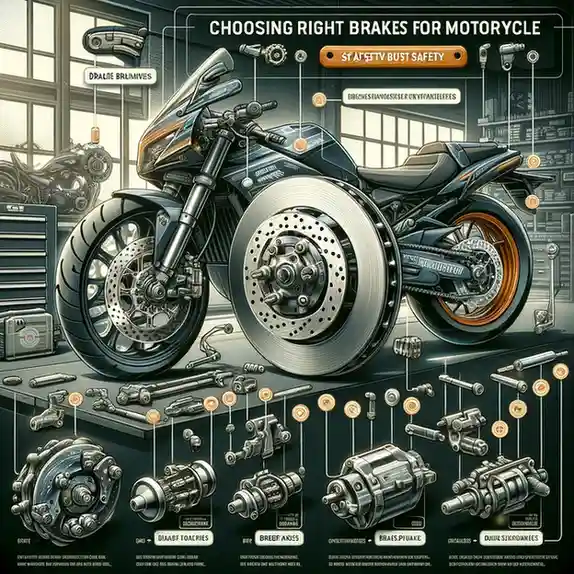
Motorcycle brakes are one of the most critical safety features on your bike. Whether you’re an everyday commuter or an avid racer, understanding your braking system can make a significant difference in riding safety and control. Choosing the right brakes not only improves stopping power but also enhances overall performance and riding confidence.
This guide explores the types of motorcycle brakes, their components, and how to select the best brake system for your bike.
Types of Motorcycle Brakes
Motorcycles generally come with two main types of brakes: disc brakes and drum brakes. Here’s what you need to know about each:
1. Disc Brakes
Disc brakes are the most common type found on modern motorcycles, prized for their superior stopping power and efficiency.
- Components:
- Brake Disc (Rotor): The metal disc attached to the wheel that the brake caliper grips to create friction.
- Brake Caliper: Houses the brake pads and uses hydraulic pressure to press them against the disc.
- Brake Pads: The friction material that clamps down on the rotor to stop the wheel.
- Types of Disc Brakes:
- Single Disc Brakes: Found on smaller or lightweight motorcycles. While effective, they may not provide as much stopping power as dual discs.
- Dual Disc Brakes: Often used in sportbikes and high-performance motorcycles for more balanced and powerful braking.
- ABS (Anti-lock Braking System): Prevents the wheels from locking up during hard braking, enhancing control and reducing the risk of skidding.
Pros:
- Effective heat dissipation.
- Better performance in wet conditions.
- Consistent stopping power.
Cons:
- More expensive than drum brakes.
- Requires more maintenance.
2. Drum Brakes
Drum brakes are more common on older motorcycles and entry-level models.
- Components:
- Brake Drum: The cylindrical part that rotates with the wheel.
- Brake Shoes: Press against the inside of the drum to create friction and slow the wheel.
Pros:
- Lower cost and simpler construction.
- Often lighter than disc brake systems.
Cons:
- Less effective at dissipating heat.
- Reduced braking performance in wet conditions.
- More prone to brake fade over time.
Key Factors to Consider When Choosing Motorcycle Brakes
1. Braking Performance
The stopping power of your brakes is crucial. For high-speed riding or sport motorcycling, opt for dual-disc setups with high-quality calipers and pads. ABS is recommended for all riders, as it significantly enhances safety, particularly in emergency braking situations.
2. Brake Pads Material
The type of brake pads you choose can impact braking performance:
- Organic Pads: Made from materials like rubber and carbon, offering smooth, quiet braking. Ideal for light, everyday use.
- Sintered Pads: Made from metal particles fused under high heat. These pads offer excellent stopping power and durability, making them perfect for high-performance riding.
- Ceramic Pads: Provide consistent braking performance and are less abrasive on rotors. They work well for general use and high temperatures.
3. Rotor Type and Design
Brake rotors come in various designs that affect heat dissipation and performance:
- Solid Rotors: Standard type, effective for general use.
- Drilled or Slotted Rotors: Help dissipate heat and improve braking in wet conditions by channeling water and debris away from the surface.
- Floating Rotors: Offer superior heat management and reduce the risk of warping under extreme conditions.
4. ABS vs. Non-ABS
An ABS-equipped bike provides an extra layer of safety, preventing the wheels from locking up during sudden stops. This feature is especially beneficial for less experienced riders or in unpredictable road conditions.
Tip: Many modern motorcycles come with ABS as standard, but if yours doesn’t, aftermarket ABS kits are available, though installation may require professional help.
Maintenance Tips for Optimal Braking
1. Regularly Check Brake Pads
Inspect your brake pads for wear and replace them when they reach the minimum thickness as specified by the manufacturer. Riding with worn-out pads can damage the rotors and reduce braking efficiency.
2. Monitor Brake Fluid Levels
Brake fluid should be checked regularly and changed every 1-2 years, as it can absorb moisture over time, reducing its effectiveness and risking brake failure.
3. Inspect the Brake Rotors
Ensure your rotors are not warped or excessively worn. Warped rotors can lead to uneven braking and vibrations, compromising safety.
4. Brake Caliper Maintenance
Keep the calipers clean and free from debris. Dirty calipers can lead to sticking brake pads and uneven braking.
Popular Brands for Motorcycle Brakes
- Brembo: Known for high-performance brake systems, especially popular in racing and sport motorcycles.
- EBC Brakes: Offers a wide range of pads, discs, and rotors for various bike types and riding styles.
- Galfer: Specializes in performance braking components with an emphasis on lightweight designs.
- Nissin: Trusted for reliable braking performance in various motorcycles, from cruisers to sportbikes.
Conclusion: Choosing the Right Brakes for Your Riding Needs
Selecting the best motorcycle brakes is about balancing your riding style, budget, and performance needs. While disc brakes with ABS provide top-tier safety and performance, drum brakes can still offer reliable stopping power for casual riders. Always prioritize safety and maintenance to keep your braking system in peak condition. Upgrading your brakes or pads can make a significant difference in how confident and secure you feel on the road.
Stay safe, ride smart, and trust your brakes to be your best ally on every journey.
Read also our article about Discovering Adamawa: Top Attractions & Cultural Highlights.

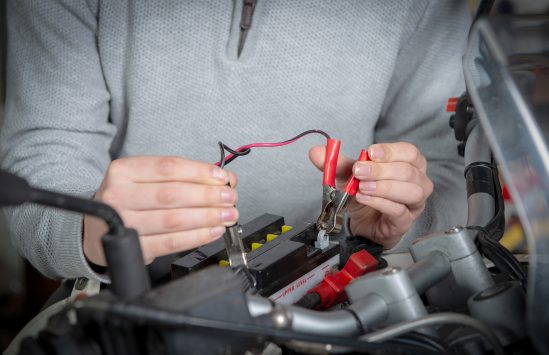
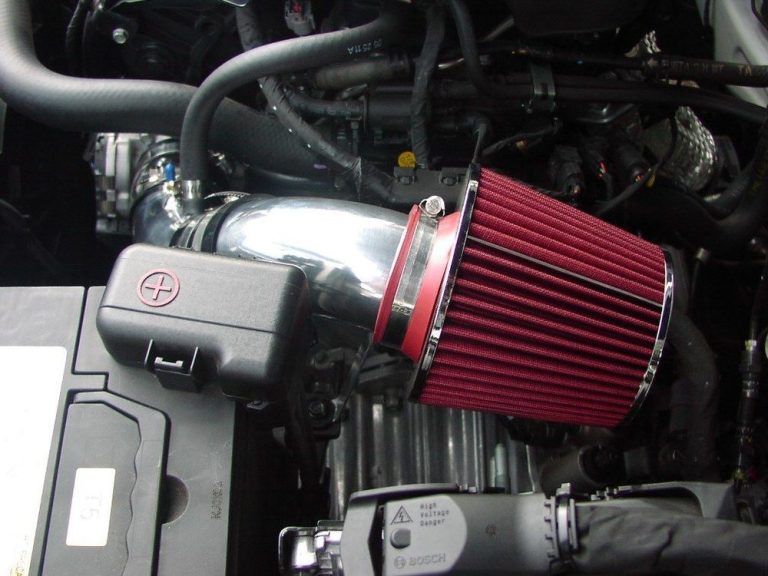
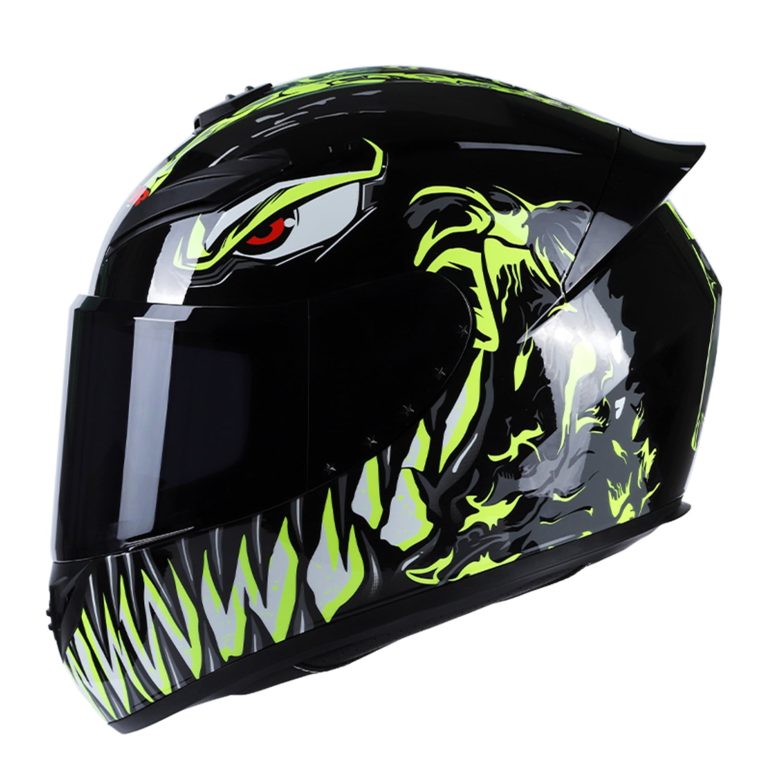
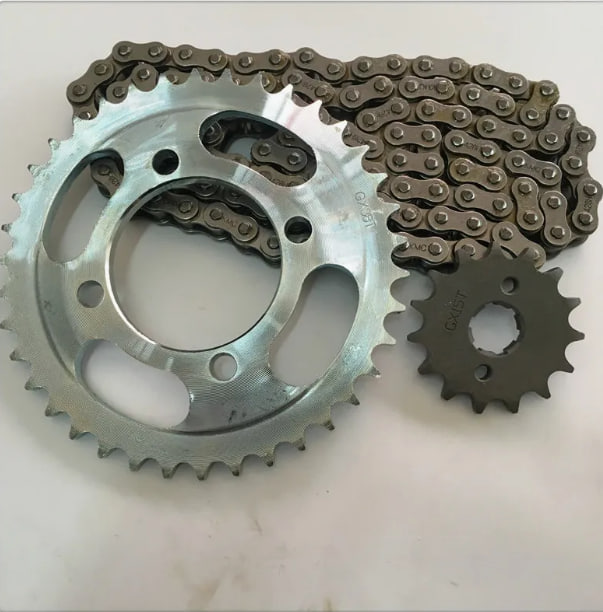
1 thought on “Choosing the Right Brakes for Motorcycle Safety”